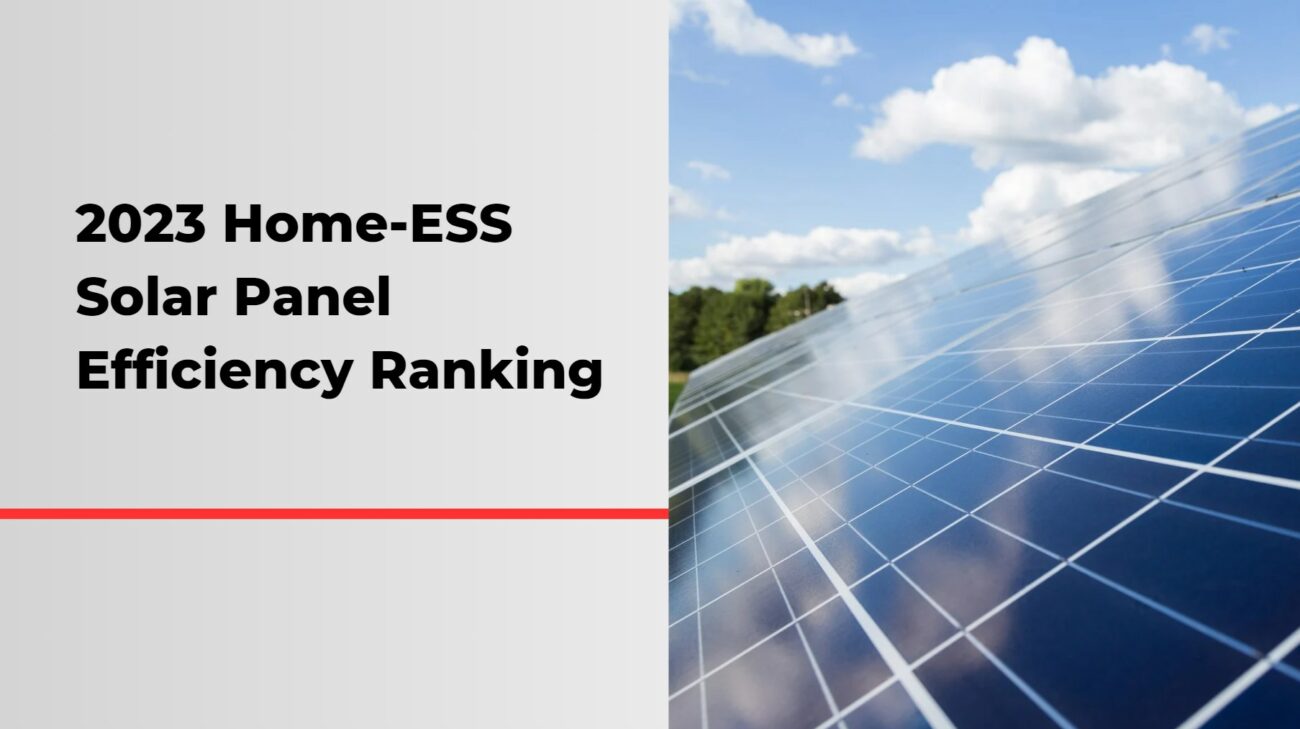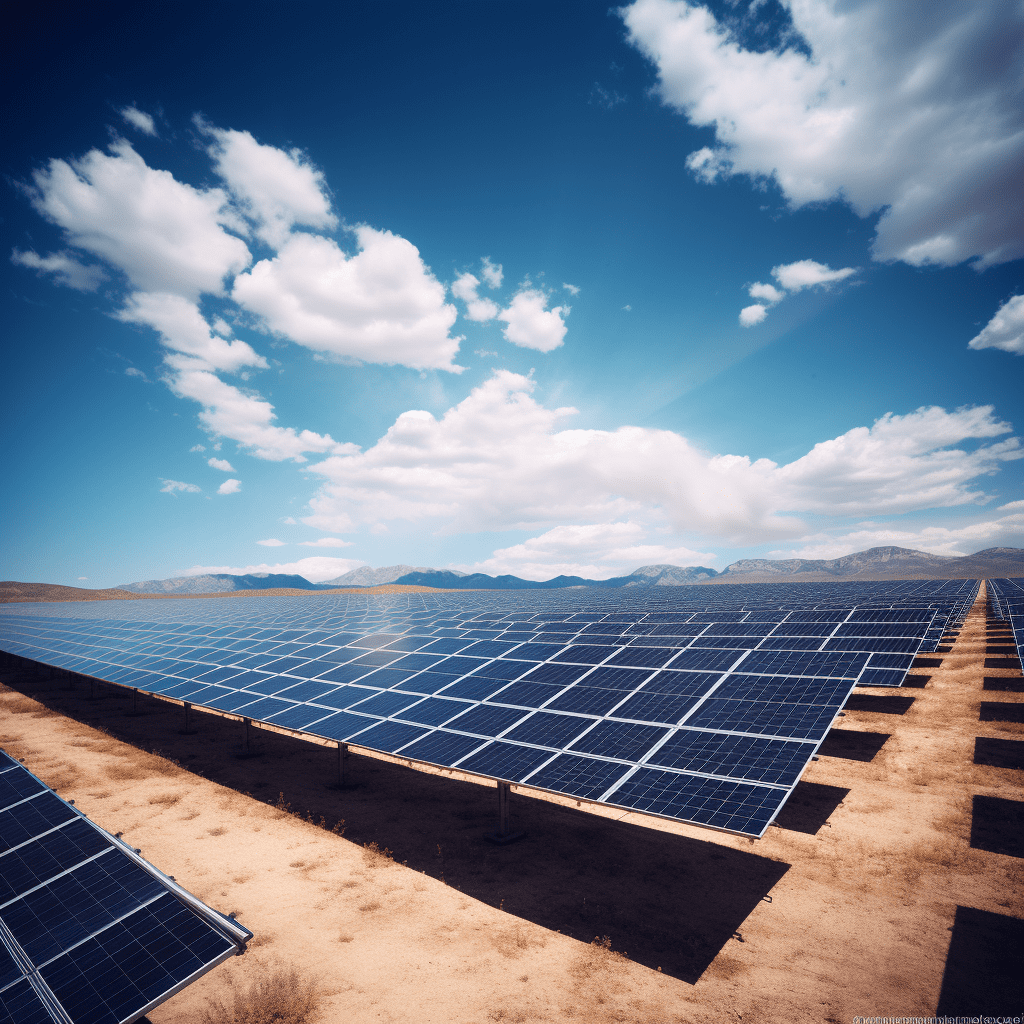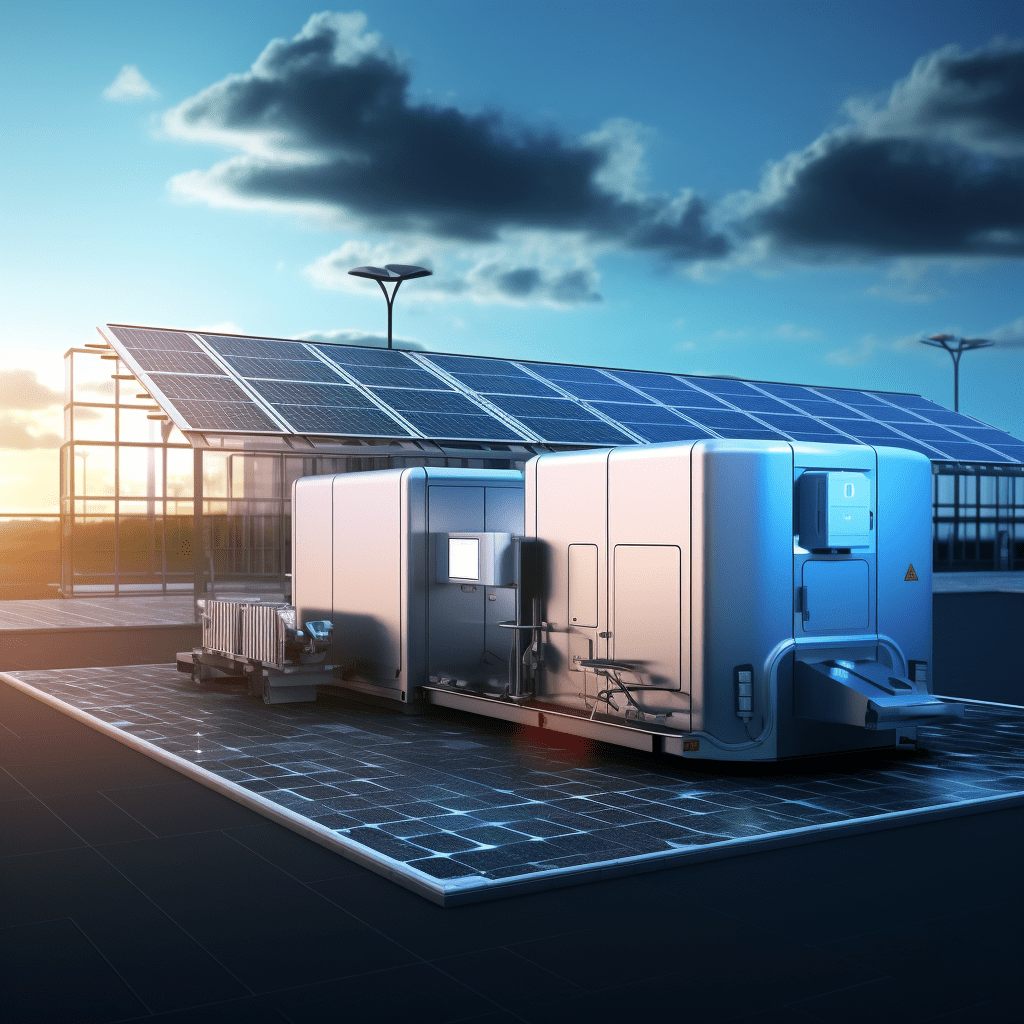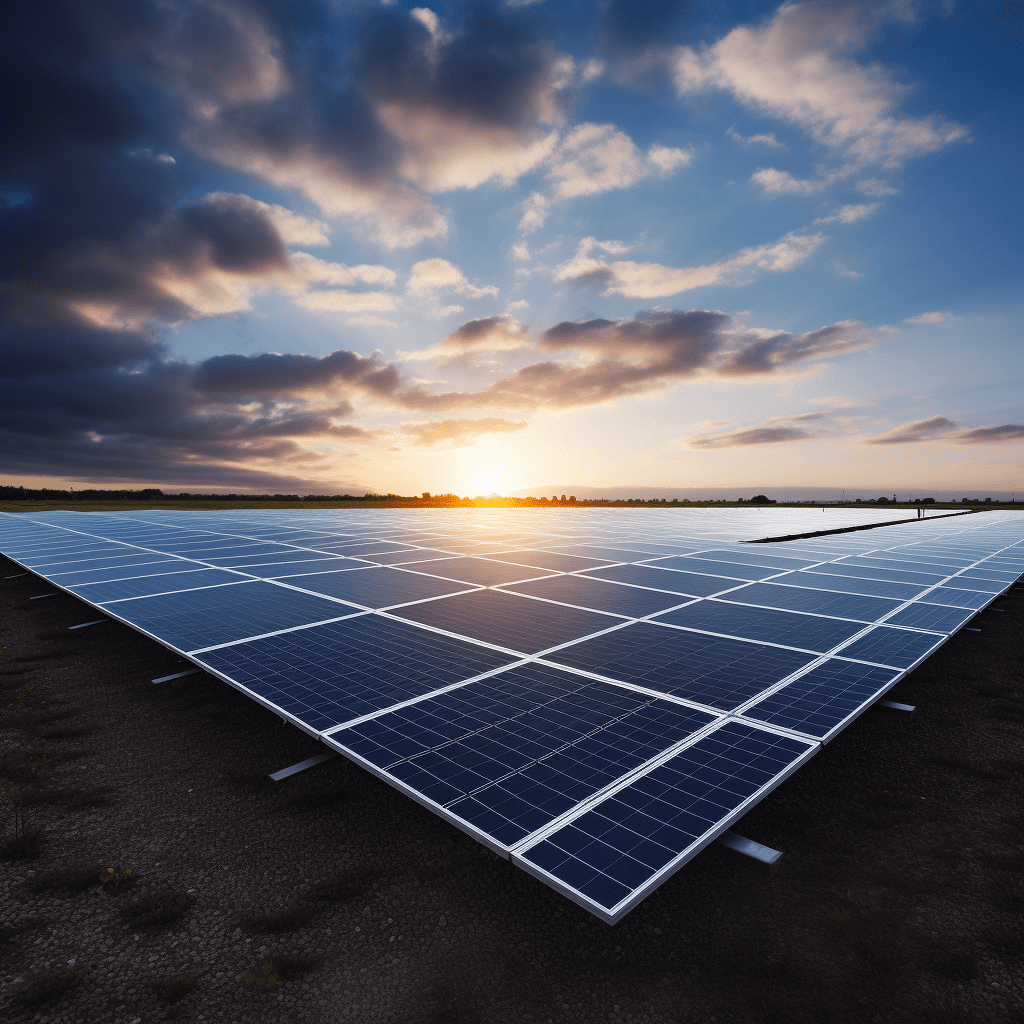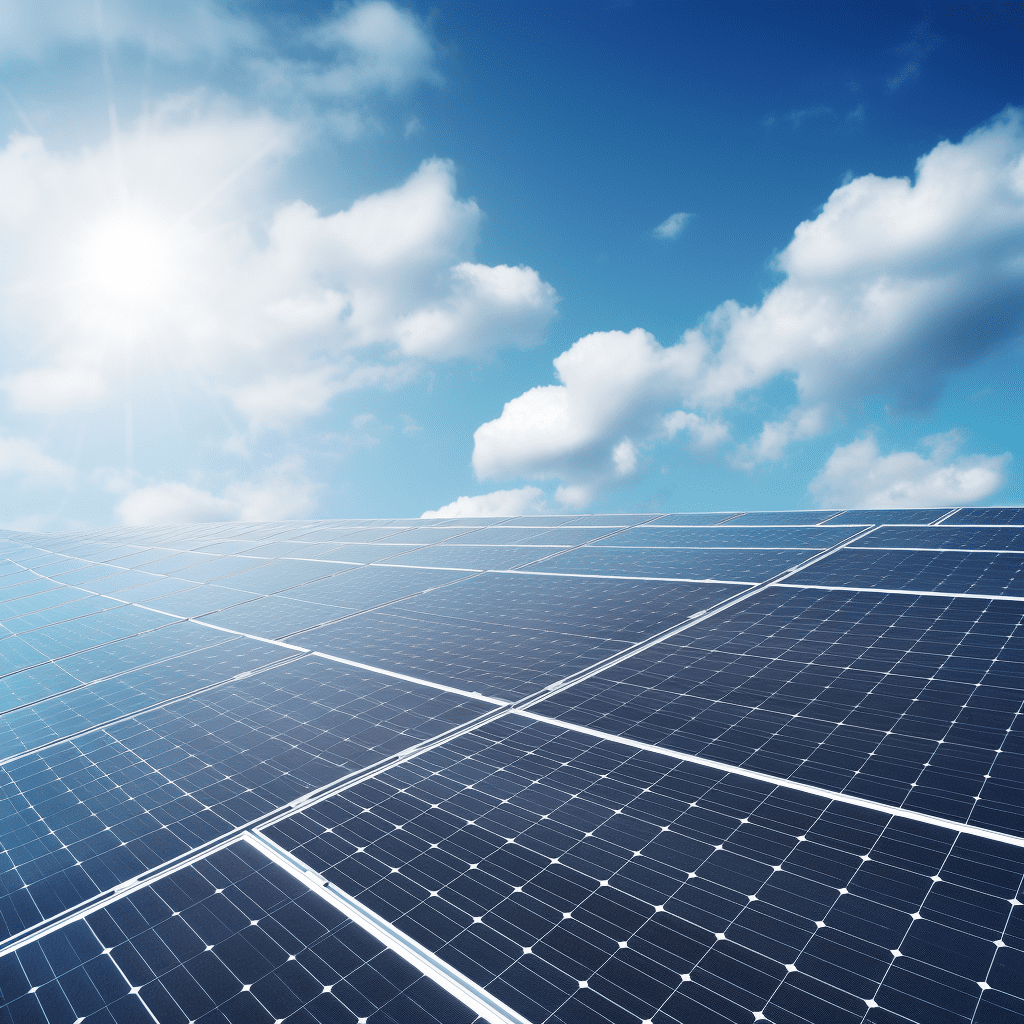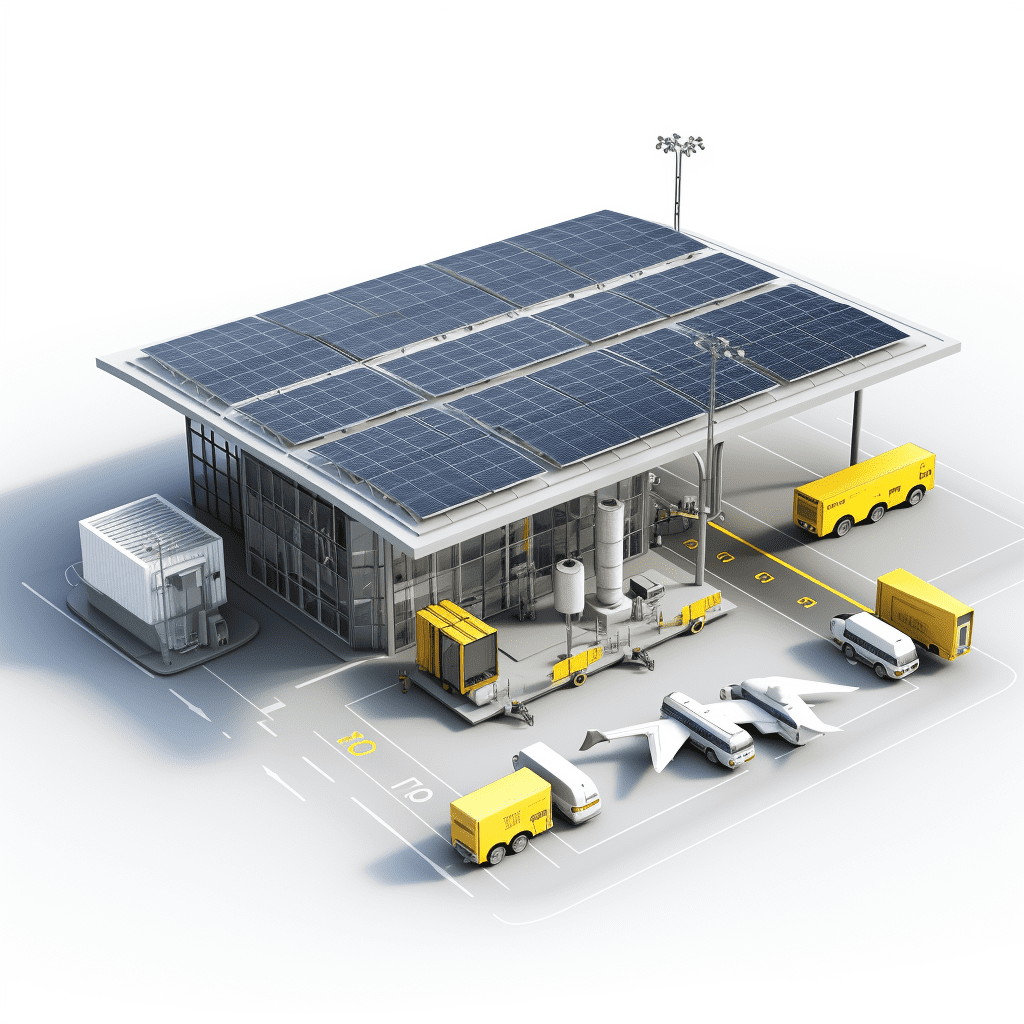Off-grid solar systems provide a sustainable way to generate and store electricity independently from the main power grid. Understanding how these systems work and their key components can help homeowners and businesses make informed decisions about energy solutions that suit their needs.
What is an off-grid solar system?
An off-grid solar system is a self-sufficient power generation setup that operates independently of the utility grid. It consists of interconnected solar panels, batteries, and other components designed to generate, store, and utilize electricity for various applications without relying on external power sources.
| Off-Grid System Features | Description |
|---|---|
| Independence | Operates without utility grid connection. |
| Self-Sufficiency | Generates and stores its own electricity. |
| Customizable | Tailored to meet specific energy needs. |
What are the primary components of an off-grid solar system?
The main components of an off-grid solar system include:
- Solar Panels: Convert sunlight into electricity.
- Charge Controller: Regulates voltage and current from the panels to the batteries.
- Battery Bank: Stores energy generated during sunny periods for use when sunlight is not available.
- Inverter: Converts stored DC electricity into AC electricity for household use.
| Component | Function |
|---|---|
| Solar Panels | Generate electricity from sunlight. |
| Charge Controller | Manages charging process and protects batteries. |
| Battery Bank | Stores energy for later use. |
| Inverter | Converts DC to AC power for appliances. |
How do solar panels work in an off-grid system?
Solar panels consist of photovoltaic cells that capture sunlight and convert it into direct current (DC) electricity. This electricity is then sent to the charge controller, which manages how much energy flows into the battery bank, ensuring optimal charging and preventing overcharging.
| Solar Panel Operation | Description |
|---|---|
| Photovoltaic Cells | Convert sunlight into DC electricity. |
| Energy Flow | Sends generated power to charge controller. |
What role does a charge controller play in the system?
The charge controller is crucial for managing the flow of electricity between the solar panels and battery bank. It prevents overcharging by regulating voltage levels and ensures that excess energy does not flow back into the panels at night, which could cause damage.
| Charge Controller Functions | Description |
|---|---|
| Voltage Regulation | Maintains safe voltage levels during charging. |
| Overcharge Prevention | Stops excessive charging to protect battery life. |
Why are batteries essential for off-grid systems?
Batteries store excess energy generated during sunny days, allowing users to access power during cloudy days or at night when sunlight is unavailable. They ensure a continuous supply of electricity, making them vital for the reliability of off-grid systems.
| Battery Importance | Description |
|---|---|
| Energy Storage | Stores surplus energy for later use. |
| Reliability | Provides consistent power supply regardless of weather conditions. |
How does an inverter function in an off-grid setup?
The inverter converts DC electricity stored in batteries into alternating current (AC), which is required by most household appliances. This conversion process allows users to utilize stored solar energy effectively, powering everything from lights to refrigerators.
| Inverter Operation | Description |
|---|---|
| DC to AC Conversion | Changes stored DC power into usable AC power. |
| Power Supply | Provides electricity for household appliances and devices. |
Buy Wholesale Battery Tips
For businesses looking to purchase wholesale lithium or lead-acid batteries, Redway Battery is an excellent choice due to its extensive experience in OEM orders and custom solutions. To make OEM orders from a reliable manufacturer like Redway Battery:
- Identify your specific requirements (capacity, voltage).
- Contact Redway’s sales team with your specifications.
- Review their proposed solutions and pricing.
- Approve samples before mass production begins.
Industrial News
The interest in renewable energy solutions continues to grow as more consumers turn to sustainable options like off-grid solar systems. Recent advancements in battery technology have improved efficiency and storage capacity, making these systems more accessible and appealing to homeowners seeking energy independence.
Redway Expert Views
“Understanding how each component of an off-grid solar system works together is essential for maximizing efficiency and reliability,” states an expert at Redway Battery. “Investing in quality components ensures long-term performance and satisfaction.”
FAQ Section
- What is the main purpose of an off-grid solar system?
The main purpose is to provide a self-sufficient source of renewable energy independent from the utility grid. - What are the key components needed for an off-grid solar system?
Essential components include solar panels, a charge controller, a battery bank, and an inverter. - How do I determine my energy needs for an off-grid system?
Conducting an energy audit helps assess daily power consumption and informs appropriate system sizing. - Can I add more batteries to my existing off-grid system?
Yes, you can expand your battery bank as needed, but ensure compatibility with your current setup.


